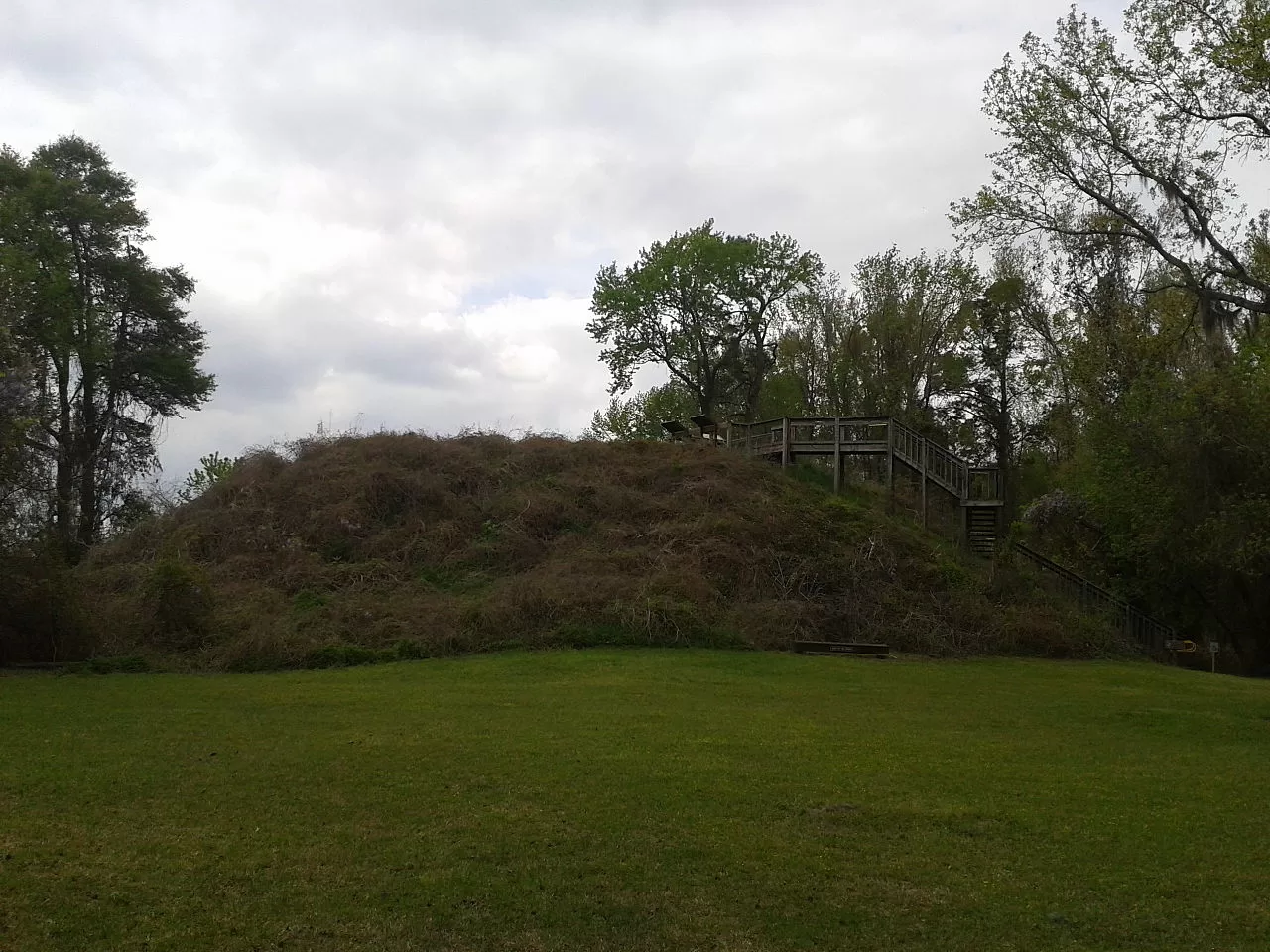Santee
The lodge is comprised of 7 local chapters, each covering a designated service area within the boundaries of the Indian Waters Council. An Arrowman’s chapter is determined based on the district (of the council) in which their unit is chartered, and much of the lodge program and administration are organized around chapter membership (e.g., competitions at the Fellowships, Unit Election Team visits). When a chapter is initially established, the members choose a fitting name, which is both distinctive and provides some level of identity for the chapter members.
Service Area
The Atakwa District of the Indian Waters council covers Florence, Darlington, Marlboro, Chesterfield, and Williamsburg counties. The Pee Dee River in the north and the Santee River to the south bracket the Atakwa District, forming the northern and southern boundaries, respectively.
Chapter Name Etymology
The Santee Chapter inherits its name from Santee Lodge #116, paying homage to the strong OA traditions from the greater Florence, SC area (and Pee Dee Area Council); however, the original namesake is the Santee tribe of native Americans. The story of the Santee tribe, like so many aboriginal tribes of South Carolina, is the story of the river on which they lived. Emptying into the Atlantic Ocean at Winyah Bay (see Chicora Chapter page), the Santee is the final course of the Catawba-Wateree-Santee River System, with its vast headwaters in the Carolina Blue Ridge Mountains. The Santee tribe lived in many villages along the middle course of the Santee River[1], back along and up the banks of the Wateree. There they found a neighboring tribe, the Catawba, whose lands reached as far as Delaware, home to the Lenni Lenape tribe[2]. The Santee name derived from the Catawban word “iswan'ti”, which translates to “the river” or “the river is there,”[1] and historians suggest a close affinity between the Catawba and Santee people.[3][4] So, perhaps it is fitting that the Santee Chapter serves the Atakwa District, as “atakwa” (or Ata’gwa) is the Cherokee word for a Catawba Indian[4]. For posterity’s sake, it may be worth clarifying that the Santee tribe of South Carolina is unrelated to the Santee Sioux tribe of the Midwest (i.e., of Minnesota, S. Dakota, N. Dakota).[5]
1Swanton, John R. “The Indian Tribes of North America.” Smithsonian Institution Bureau of American Ethnology Bulletin 145, United States Government Printing Office Washington: 1952, p. 98.
2Williams, Harrison. “Legends of Loudoun: An account of the history and homes of a border county of Virginia’s Northern Neck.” Loudoun Museum, 2011, pp. 63-64.
3Speck, Frank G. “Siouan tribes of the Carolinas as known from Catawba, Tutelo, and documentary sources.” Amer. Anthrop., n. s., vol. 37, pt. 2, pp. 201-225.
4Mooney, James. “The Siouan tribes of the East.” Washington Government Printing Office, 1894, pp. 67-69.
5Tower, Christopher “Santee.” Gale Encyclopedia of Native American Tribes. Vol. 1. Detroit: Gale Research, 1998, pp. 471-72.
6“Santee Indian Mound and Fort Watson, Clarendon County.” National Register Sites in South Carolina, State Historic Preservation Office, www.nationalregister.sc.gov/clarendon/S10817714004/index.htm. Accessed 15 Dec. 2023.
Contact Leadership
Each chapter has an elected Chapter Chief, Vice Chief, and Secretary, with guidance provided by their selected adviser. Chapter members should contact their Chapter Chief with any questions or to schedule a unit election visit.
Chapter Chief
Chapter Vice Chief
Chapter Secretary
Chapter Adviser

#santee

